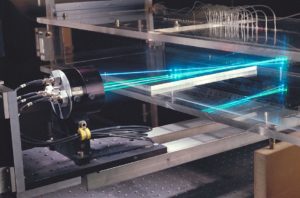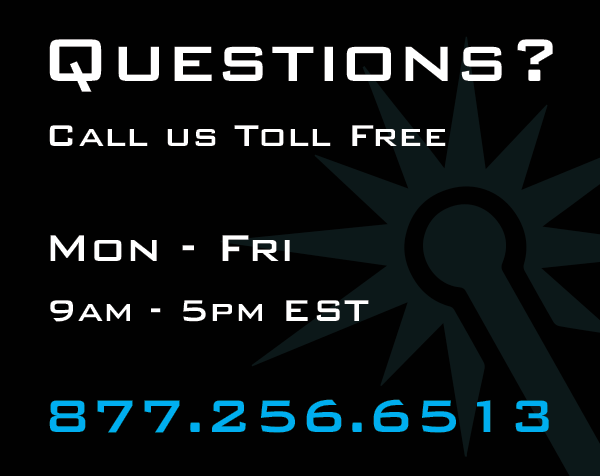Fiber coupling a diode laser offers researchers a convenient way to couple the laser’s output into an optical fiber. This allows it to be delivered to a specific area, for example, a fiber coupled laser light that is used for skin therapy on a specific area of the skin. This is of course just one example and utilizing fiber-optic components on a standard diode laser.
There are pros and cons to using any type of laser for a specific application, and here is a list of the most prominent advantages:
- Fiber-coupled devices are easily combined with a wide range of different fiber-optic machines and components.
- Light emitting from a fiber is smooth and circular with a more symmetrical beam, something that many researchers will find beneficial.
- It is easy to remove fiber coupling from lasers heads and their power sources or cooling mechanisms.
- You have more control and a more collimated beam.
Disadvantages of using a fiber-coupled laser include:
- They are more expensive in general, but as they are more refined beams and easier to process and deliver, other costs may be offset by the use of the fiber system. This makes the increased cost worth it in the long as well as short term.
- Some beam strength is reduced including brightness due to the coupling. The type of coupling will be important as this will control the amount of beam strength lost as it can be minimized with correct coupling.
- Polarization is not uniform and can change with movement or the temperature increases or decreases. This can lead to some issues with DPSS lasers that need specific polarization.
Type of Fiber-Coupled Lasers
There are some varietals when it comes to fiber-coupled laser systems. The most common is the varietal that emits high beam quality, low beam divergence, and is circular (VCSEL). Other various fiber types include: single mode, polarization maintaining single mode, and multi-mode. Power sources can be diverse for fiber coupling and single mode will have coupling efficiency of 40-60% and multi-mode fibers will have roughly 80% efficiency respectively.
Output Power & Beam Wavelength
With fiber coupling the output power and beam wavelength will not really make a difference. Now, different fibers are better for different strengths and wavelengths but this is something that manufacturers and laser companies will know whenever a fiber-coupled laser is ordered. Powers can vary depending on your need and the color or lack of color (UV/IR), is up to you and what your specific research requires. Having power control however may be more important with a fiber as some power will be lost due to the coupling. Therefore, having power control is usually more beneficial when it comes to these kinds of lasers.
So, Where Do I Get Fiber-Coupled Lasers?
This is specific technology and there will therefore be some different sources to consider. Much is made over seas, and anything made in the USA or Germany can expect to be 10x-100x as expensive as other suppliers. For the best and most affordable Fiber-Coupled Diode Lasers, look no further than right here at BigLasers.com and over 15 years in the laser industry. If you have questions regarding a specific item or if it can be fiber coupled, or just want a pricing quote, please don’t hesitate to email or call today. 877-256-6513






